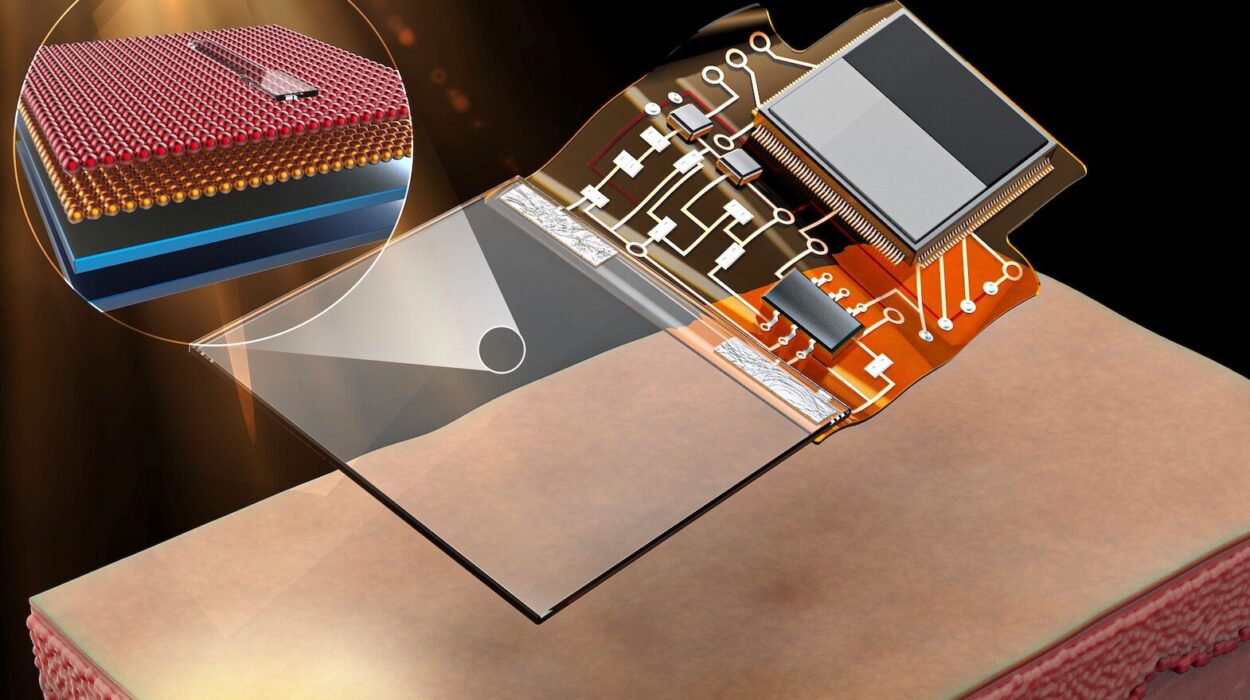Imagine living in a desert where the sun beats down relentlessly, and the ground is parched with thirst. Water is a precious commodity, not just because it’s rare, but because finding it often means digging deep into the earth, searching for a well, or even desalinating seawater. What if you could simply take a deep breath and pull water right from the air around you? Sounds like science fiction, doesn’t it? Yet, this is exactly what researchers at MIT have been working to make a reality.
For years, scientists have been experimenting with materials that can harvest water from the air. Even in the driest deserts, there’s some moisture in the atmosphere. The trick is figuring out how to capture and extract it efficiently. Traditionally, the process involves waiting for the sun to heat up a special material, causing it to release the moisture it has absorbed. But this can take hours—sometimes days. That’s a lot of precious time, especially in areas where every drop counts.
Then, something clicked. A team of engineers at MIT, led by Svetlana Boriskina, developed a faster, smarter way to extract water from atmospheric water harvesting materials. Rather than relying on the sun’s heat, they used high-frequency sound waves—ultrasound—to shake the water out in a matter of minutes.
The Spark of an Idea
Boriskina and her team had long been exploring ways to improve atmospheric water harvesting. These systems work by soaking up moisture from the air, often at night when humidity is higher, and then releasing it during the day. The traditional method, relying on solar heat, is slow and inefficient. “Any material that’s very good at capturing water doesn’t want to part with that water,” Boriskina says. The process of pulling water out requires a lot of energy—and a lot of time.
This is where Ikra Iftekhar Shuvo, a graduate student at MIT, came into the picture. Shuvo had been working with ultrasound for wearable medical devices, and when Boriskina heard about his work, she saw an opportunity to tackle the water recovery problem head-on. “It clicked,” Boriskina recalls. “We have this big problem we’re trying to solve, and now Ikra seemed to have a tool that can be used to solve this problem.”
By combining Shuvo’s expertise in ultrasound with their own work on atmospheric water harvesting, the team set out to create a new device—one that could quickly recover the water trapped inside a material without relying on the slow process of solar evaporation.
The Dance of the Water Molecules
Ultrasound is a form of sound wave that operates at frequencies higher than what humans can hear—over 20,000 cycles per second. When applied to materials, these waves can cause microscopic vibrations. For the team at MIT, the idea was simple: if they could apply ultrasound to the water-harvesting material, they could shake the water out more quickly than by waiting for it to evaporate.
“It’s like the water is dancing with the waves,” explains Shuvo. “This targeted disturbance creates momentum that releases the water molecules.” These vibrations help break the weak bonds between the water molecules and the material, causing them to shake loose and drop out in the form of droplets.
The team developed a new ultrasonic device designed to harness this effect. At the heart of the device is a flat ceramic ring that vibrates when voltage is applied. Surrounding it are tiny nozzles, which allow the released water to drip into collection vessels below. The device can recover water in just minutes—compared to the hours or even days required by traditional solar-powered methods.
Efficiency at Its Best
The results were impressive. In tests, the team used quarter-sized samples of the water-harvesting material, placing them in a humidity chamber to absorb moisture. Then, they set the ultrasonic device in motion. In every test, the water was extracted in mere minutes, far faster than any heat-based method. In fact, the team estimates that the ultrasonic system is 45 times more efficient at extracting water from the same material compared to traditional heat-based designs.
The key to this breakthrough, according to Boriskina, is that ultrasound can work quickly and repeatedly. Unlike solar-driven systems, which rely on the heat of the sun and can only harvest a limited amount of water each day, the ultrasonic device can cycle on and off, extracting water multiple times in a single day. “It’s all about how much water you can extract per day,” she says. “With ultrasound, we can recover water quickly, and cycle again and again. That can add up to a lot per day.”
A Glimpse Into the Future
So, what could this mean for the future? The team envisions a system that could be both simple and effective. A small, fast-absorbing material could be combined with an ultrasonic actuator, powered by a small solar cell. Once the material has absorbed enough moisture from the air, the actuator would briefly turn on, powered by the solar cell, shaking the water out. This cycle could repeat several times throughout the day, offering a steady supply of water in places where every drop counts.
The potential applications for this technology are far-reaching. In regions where water is scarce—whether due to drought, geography, or poor infrastructure—this system could provide a new source of clean drinking water. The idea of harvesting water from the air is especially important in desert regions, where traditional water sources are either too expensive or unavailable.
Why This Research Matters
This breakthrough in atmospheric water harvesting could be a game-changer for communities facing water shortages. The rapid, efficient recovery of water from the air could offer an alternative to groundwater, desalination, or expensive infrastructure projects. For people in arid regions or places with limited access to fresh water, this technology could be life-changing, providing a reliable, sustainable source of water from the environment around them.
What’s more, this device could be scalable. Whether used in small, household systems or larger, community-based installations, it offers an innovative solution to one of the world’s most pressing challenges—water scarcity. And by reducing the reliance on energy-intensive processes like desalination or the slow heat-based methods of water harvesting, this system could offer a more energy-efficient, environmentally friendly alternative.
Ultimately, this research is a reminder of the endless possibilities when different fields of science—ultrasound technology, materials science, and environmental engineering—come together. With further development and real-world testing, MIT’s ultrasonic water recovery system could help quench the thirst of countless communities, offering a refreshing new way to tap into the moisture that already surrounds us.
More information: “High-efficiency atmospheric water harvesting enabled by ultrasonic extraction”, Nature Communications (2025). DOI: 10.1038/s41467-025-65586-2






